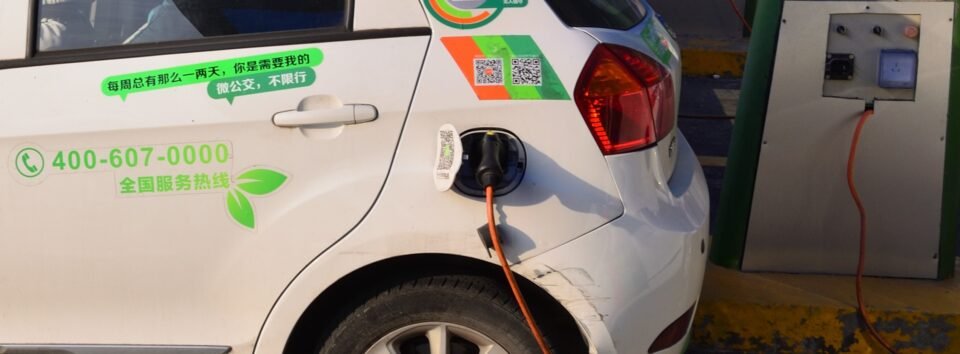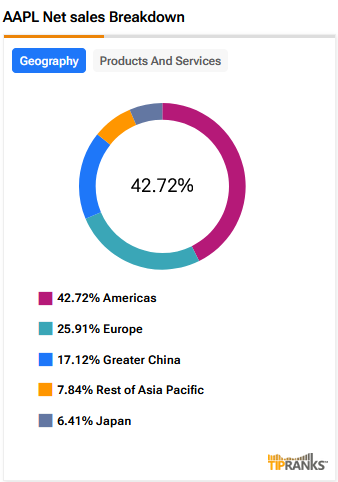The biggest car news and reviews, minus the BS
Our free daily newsletter sends the stories that really matter directly to you, every weekday.
With the upcoming Neue Klasse range from BMW, it seems the brand’s era of comically large kidney grilles appears to be coming to an end. Some of its other polarizing design cues, like chunky wheel arches and angular-jawed bumpers, are still apparently sticking around, but we’ll take the wins where we can get them. In any case, BMW’s design brass doesn’t believe it went too far with the big grilles, citing certain markets—namely China—as very keen on them.
When asked if BMW’s grilles had become “too radical” during a roundtable chat at the launch of its new iX3 SUV, BMW Group Design Director Adrian van Hooydonk disagreed, according to Australia’s CarExpert. “No, because it depends on where you are in the world,” he said. “In certain areas in the world, like China, it is good; people are still asking for big grilles. So this is sort of the tricky situation that you’re in as a global brand.”
According to van Hooydonk, BMW “took note of all the negative comments” surrounding the controversial grille designs on cars like the M3, 7 Series, and XM, “but we never saw it in the sales figures. Actually, quite the opposite. So in some way or form, we didn’t feel that we had to react.”

Now, as a certified hater of the grilles on recent BMWs, no response from the design boss short of “we messed up” is really going to sit well with me. That said, his explanation here is a little puzzling. Part of it feels like he’s trying to lay the blame on Chinese customers, but scrolling through the front page of my favorite Chinese auto industry blog, I’m not really seeing what he’s talking about. OK, so the Zeekr 009 and BYD’s Yangwang SUVs certainly wear grilles that could rival anything Munich has produced in the last decade. For the most part, though, fashion appears to favor slender shapes and lighting elements arranged to form a distinctive signature from afar—just like in the West.
Regardless of what car buyers in China want, van Hooydonk made one thing clear: BMW didn’t pay a price for the decision, seemingly anywhere in the world. “We never saw it in the sales figures,” he said, noting that consumer sentiment was actually “the opposite,” as in, positive. So, if everyone universally loved the super nostrils, whose market preferences did BMW have the tricky task of juggling?
I can’t make heads or tails of BMW’s own assessment. To hear van Hooydonk tell the situation now, the company has apparently decided that it needs to take a “bigger step” aesthetically; that “the risk of not changing enough would be far greater than changing too much.” However his team arrived at the Neue Klasse look, I’m glad it did. It’s not perfect, but it’s a step in the right direction, and I’m very interested to see how the production i3 turns out.
Got tips? Send ’em to tips@thedrive.com





